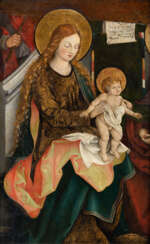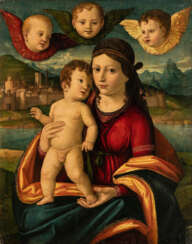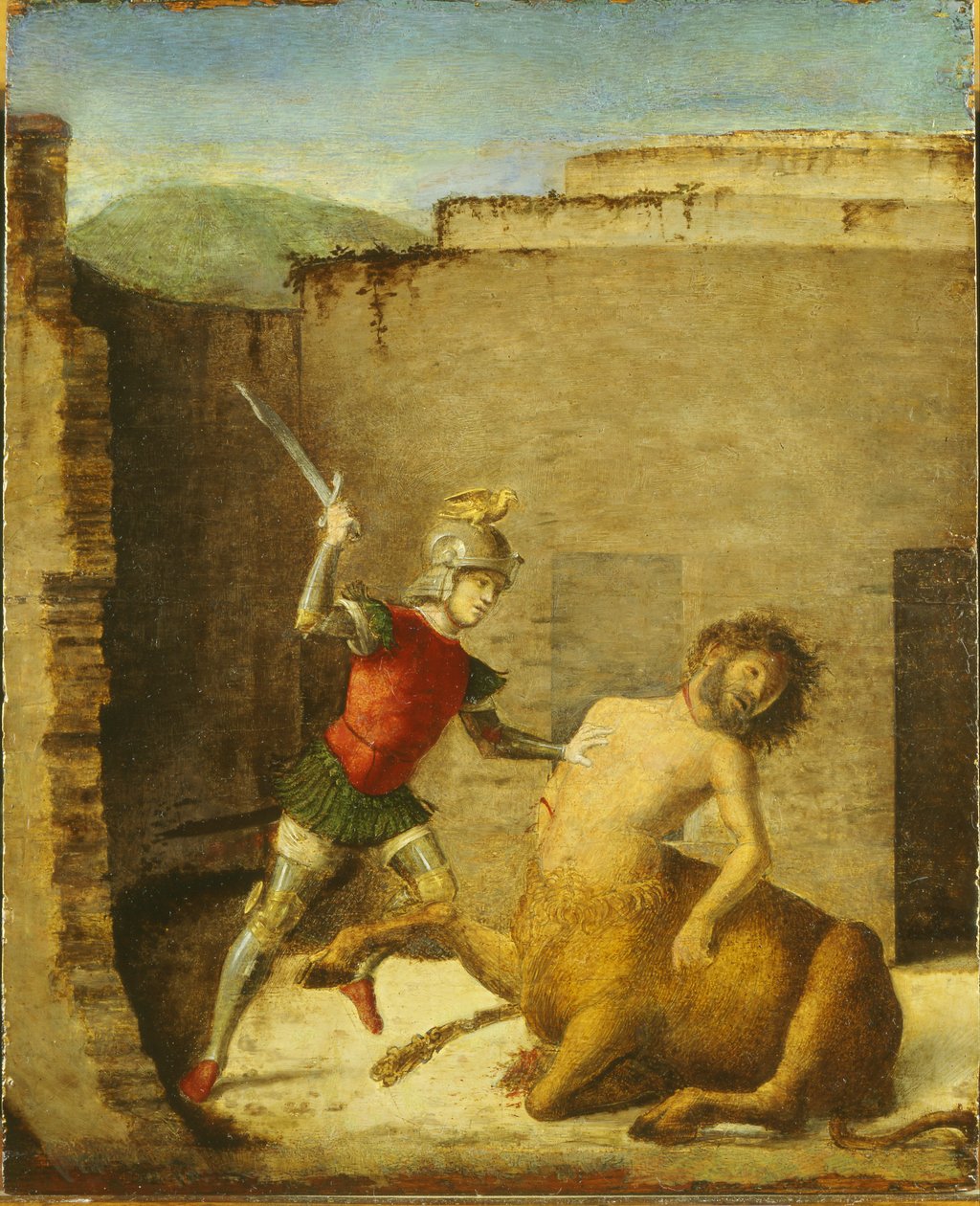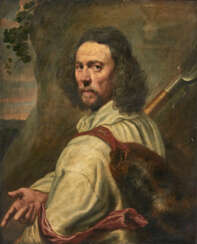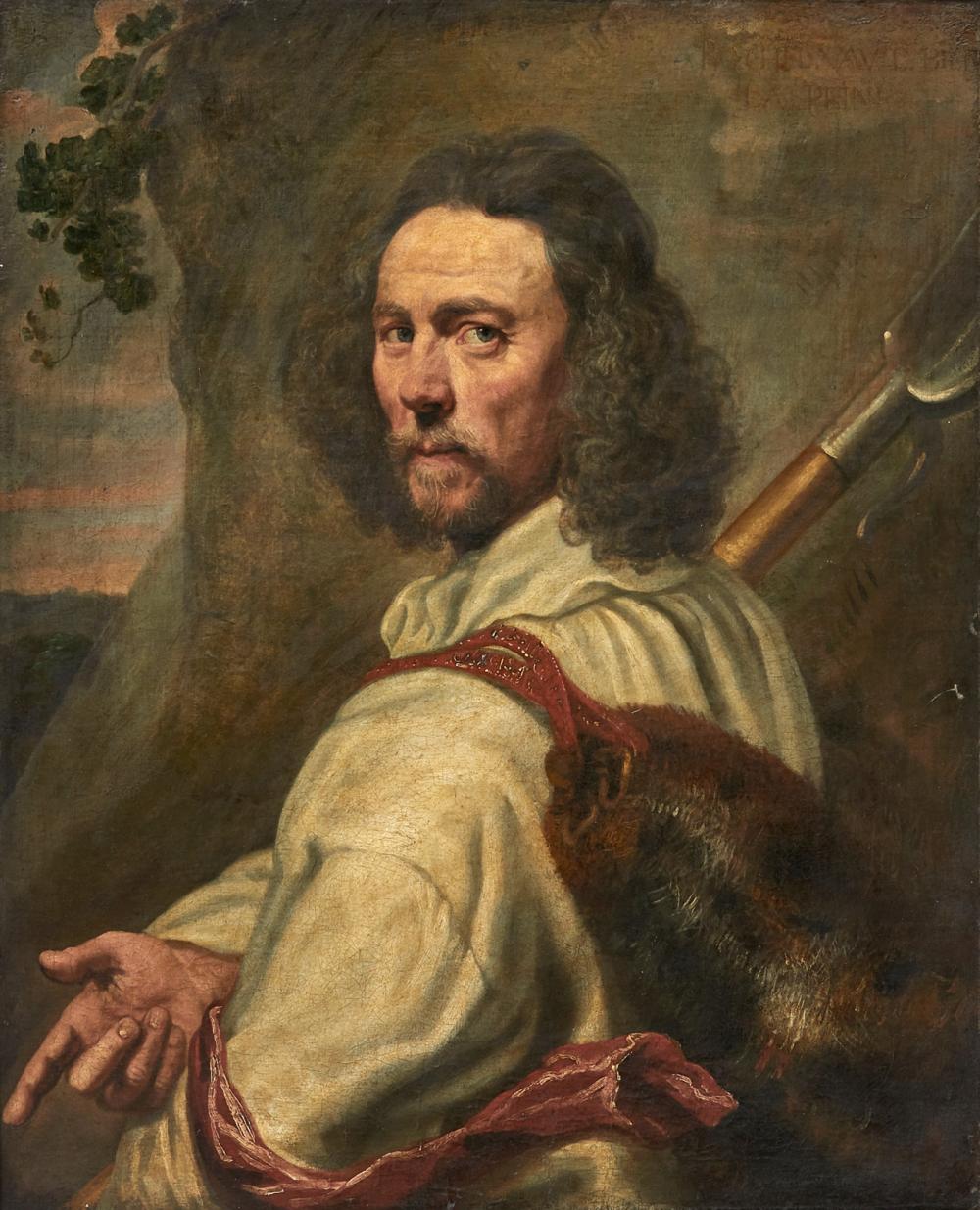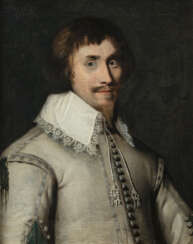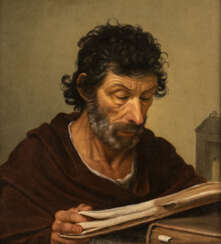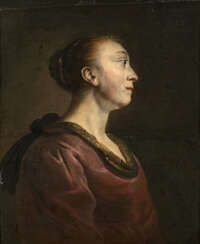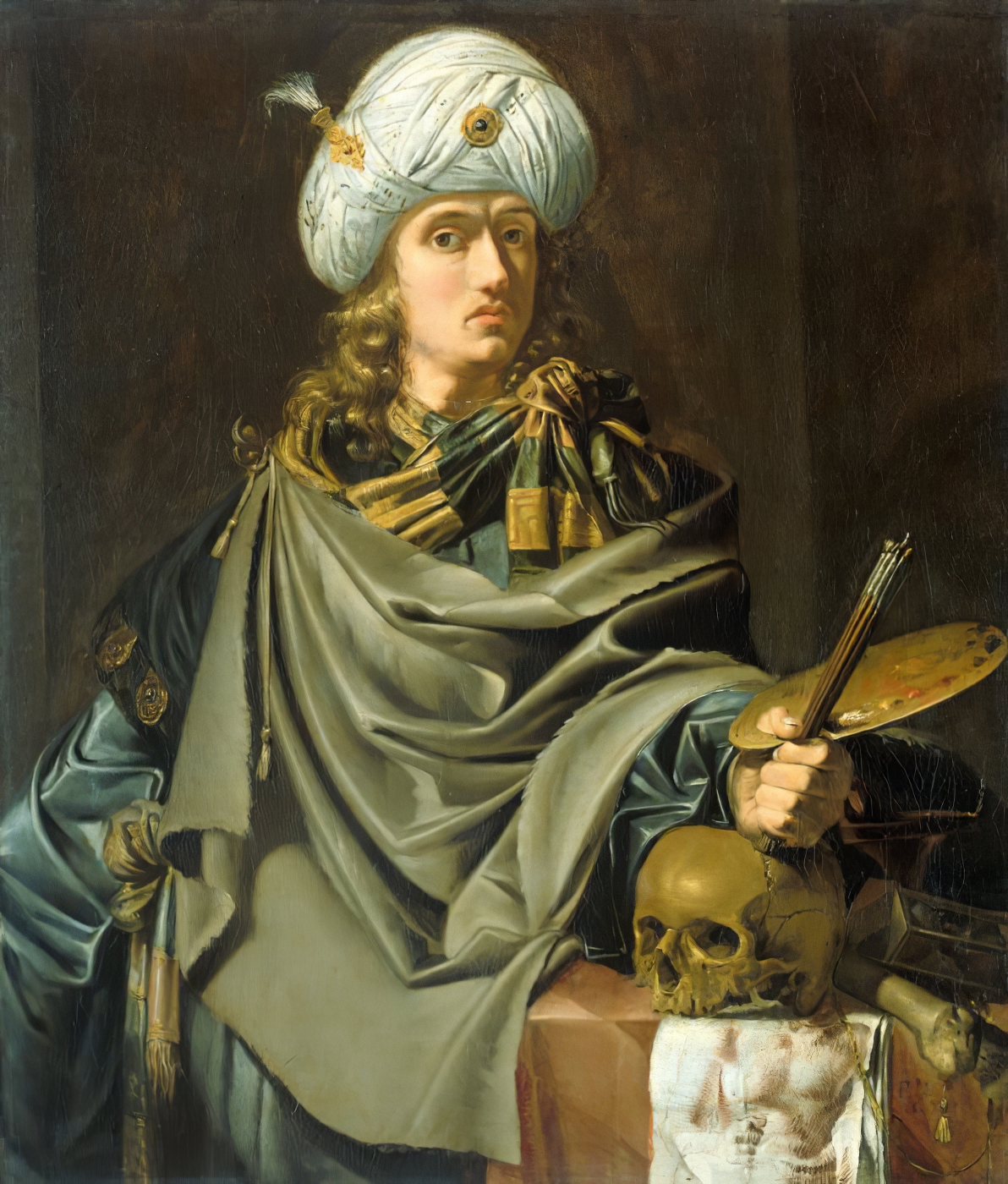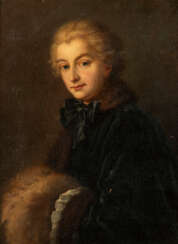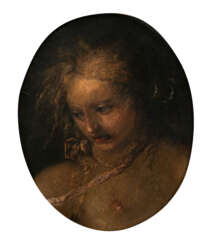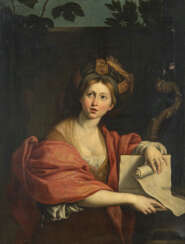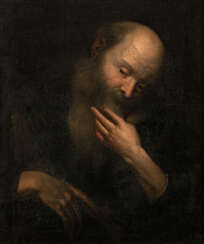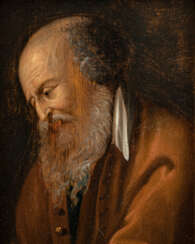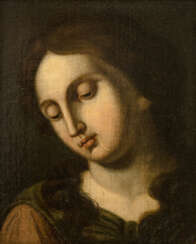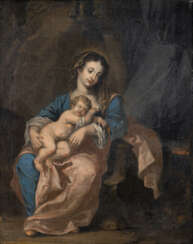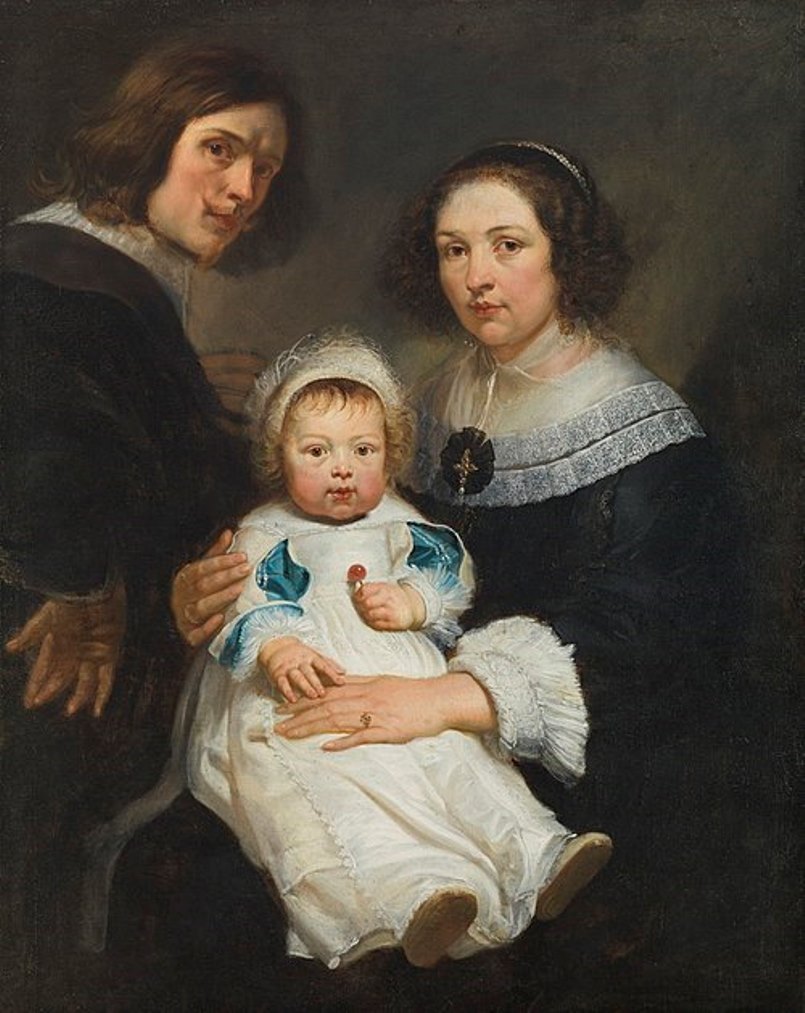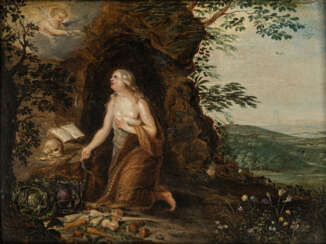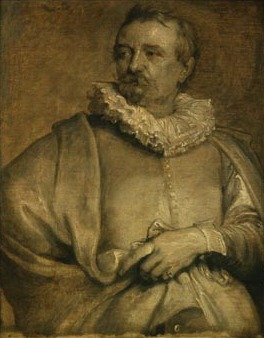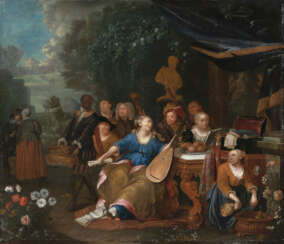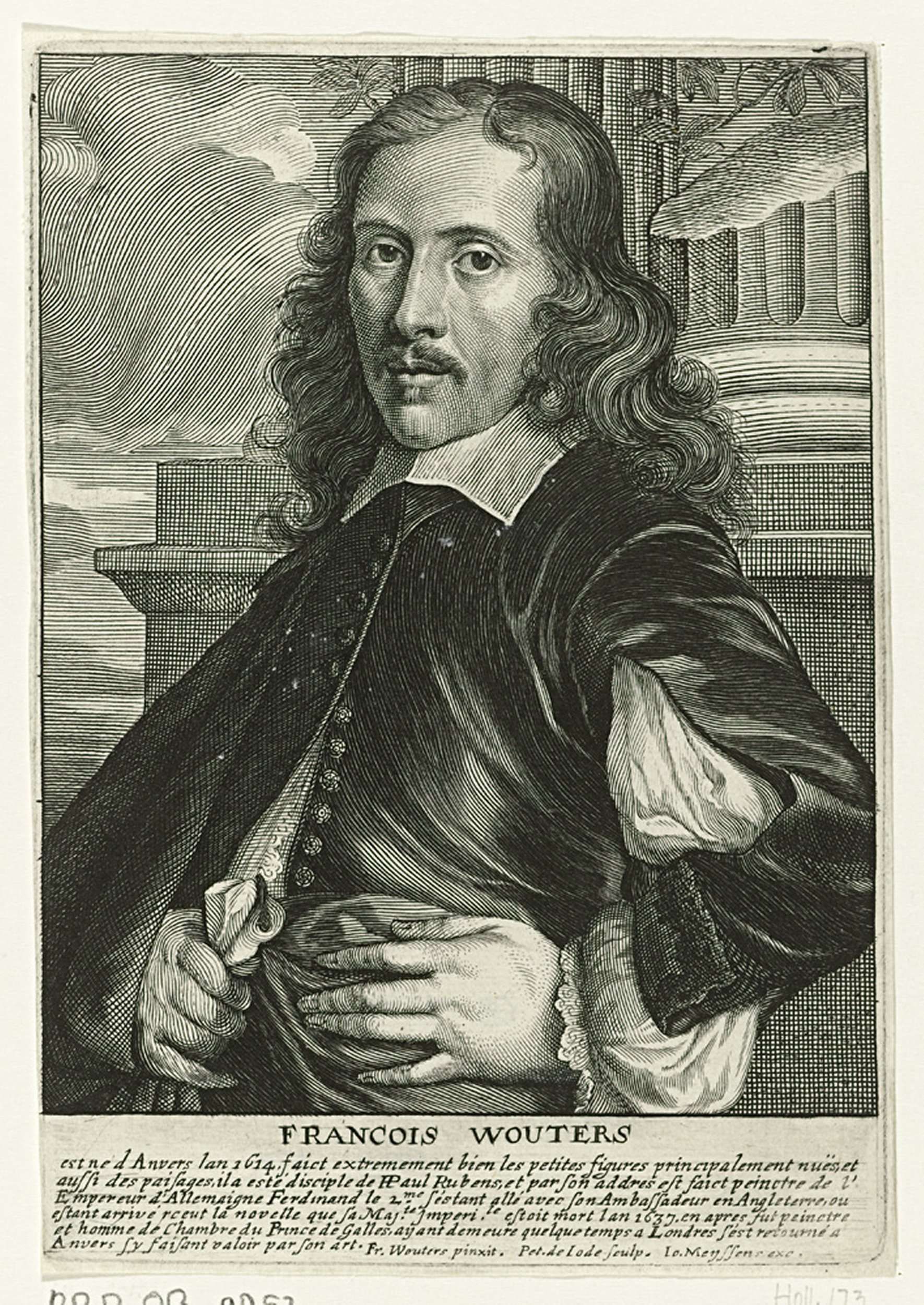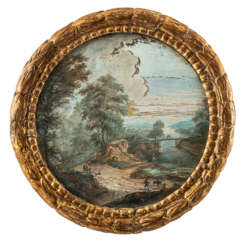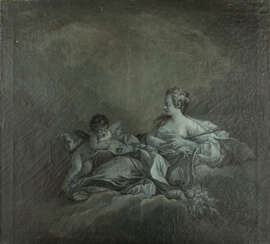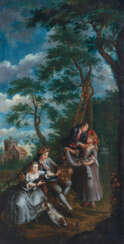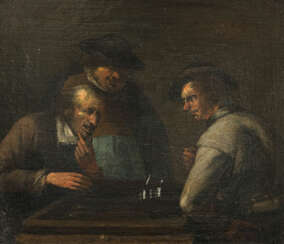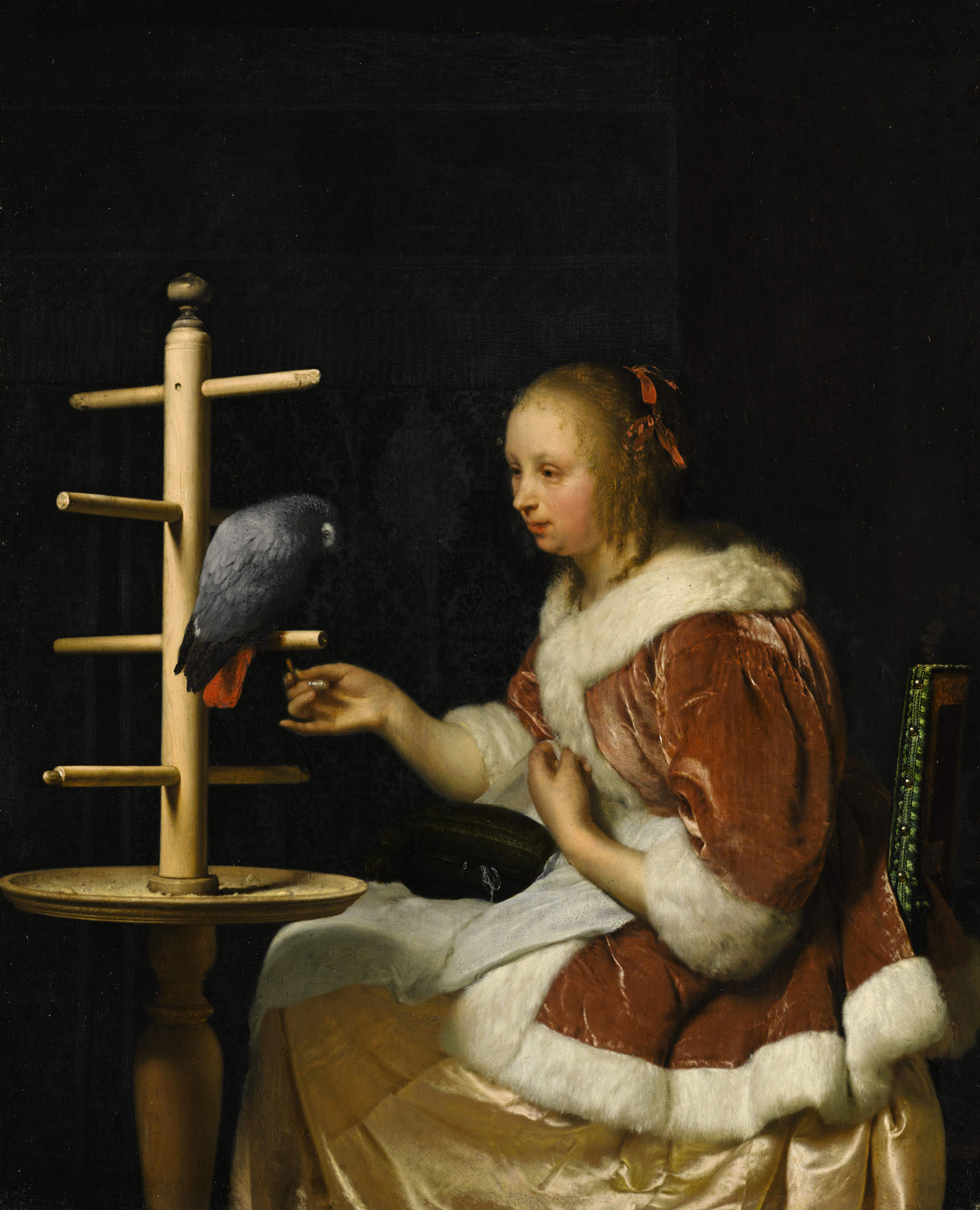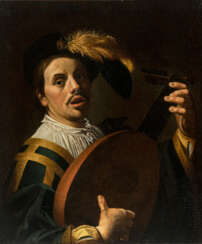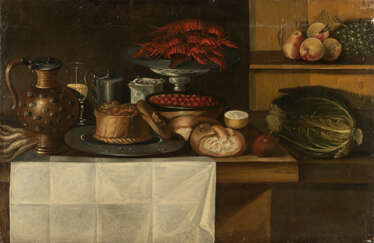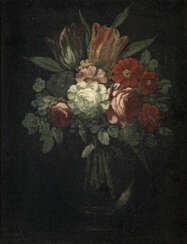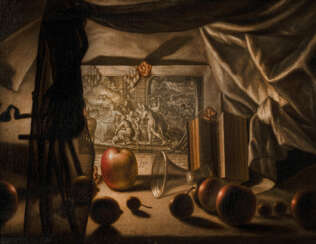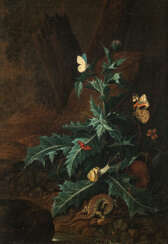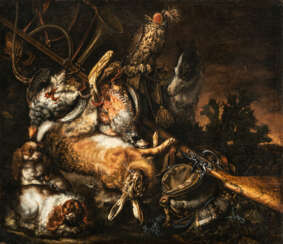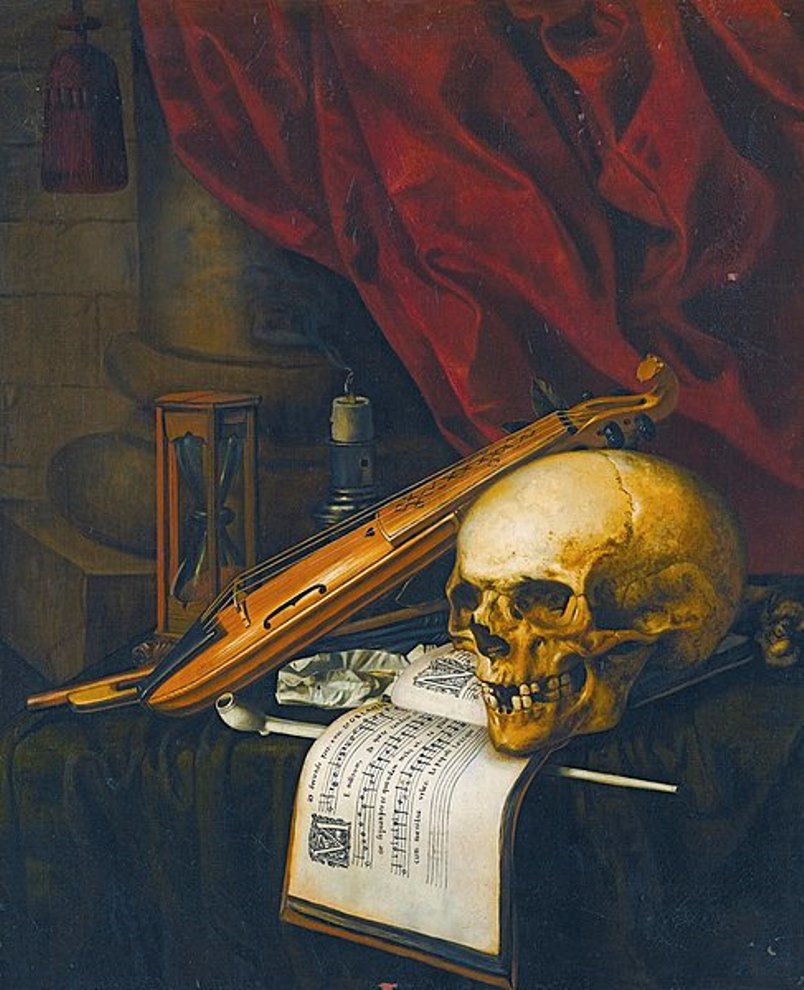
Old Masters — 790 | Old art, antiques & jewelry
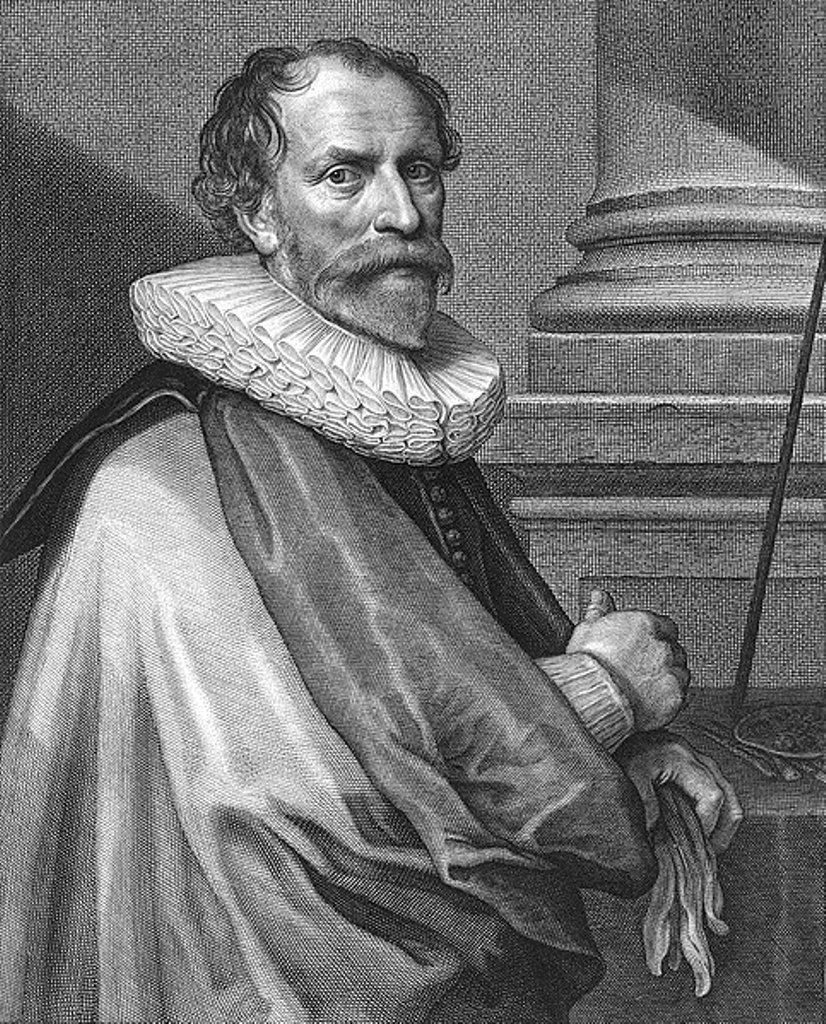
Michiel Jansz. van Mierevelt was a Dutch portrait painter of the Golden Age.
Michiel Jansz. van Mierevelt studied painting in Utrecht and soon became a recognized master of portraiture. He also painted on historical and mythological subjects.
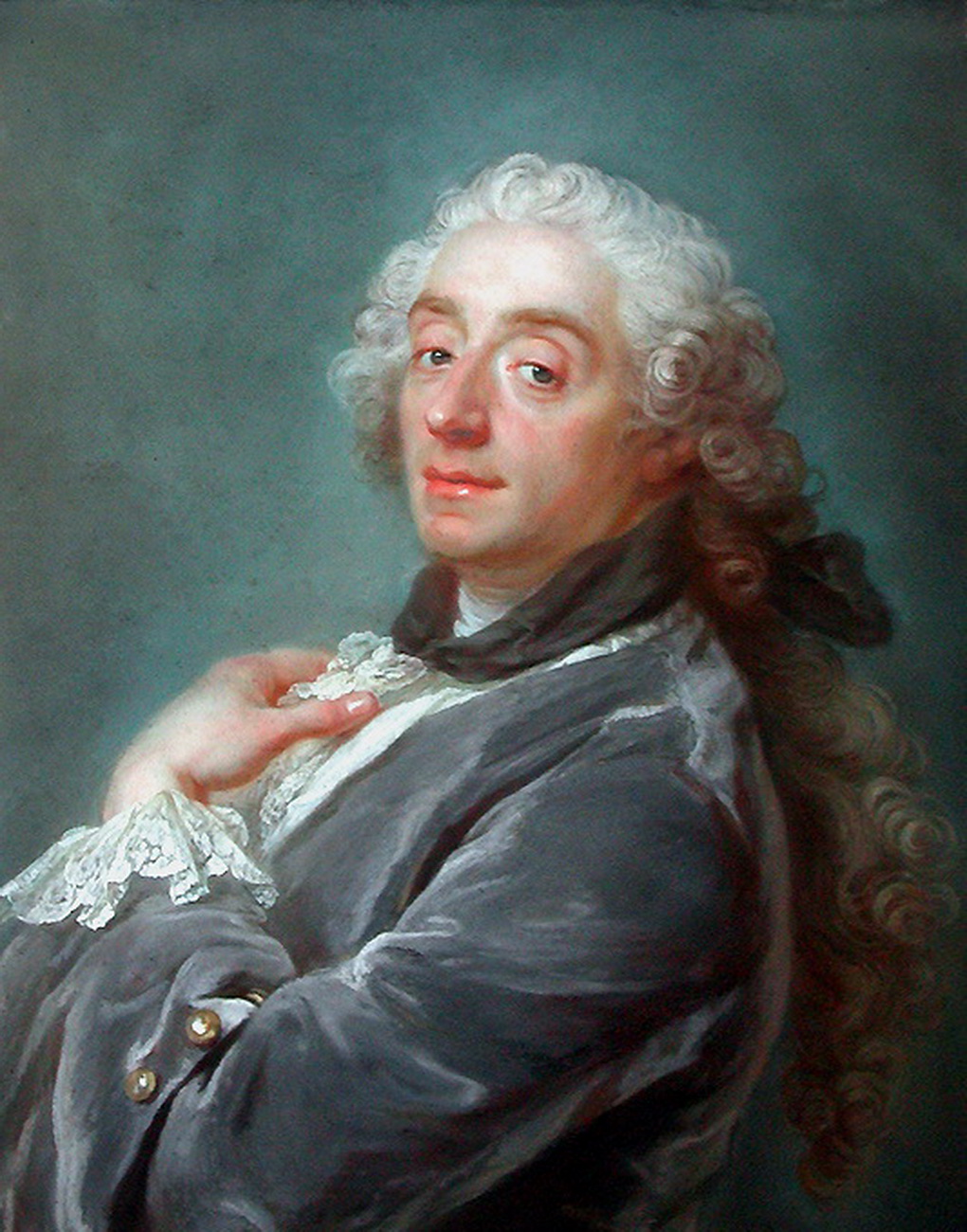
François Boucher, a French artist, is celebrated for his significant contributions to the Rococo style of painting. His works are renowned for their idyllic and voluptuous themes, which include classical subjects, decorative allegories, and pastoral scenes. Boucher's talent in creating intricate and charming paintings made him a favorite in the French court, especially with Madame de Pompadour.
François Boucher's skills were not confined to painting alone; he was also an adept draftsman and tapestry designer. His designs for the Beauvais tapestry workshops were highly successful, influencing decorative arts across Europe. Moreover, Boucher's influence extended to porcelain, with his designs being replicated on tableware and decorative pieces at the Vincennes and Sèvres factories.
Despite the later criticism of his style as overly frivolous and disconnected from the emerging Neoclassical trends, François Boucher's works continue to be admired for their aesthetic beauty and historical significance. His ability to blend various elements into a cohesive and appealing visual narrative demonstrates his mastery and enduring legacy in the art world.
For art collectors and enthusiasts, François Boucher's oeuvre offers a fascinating glimpse into 18th-century French art and culture, reflecting the opulence and delicate tastes of the Rococo period. His paintings and designs continue to be celebrated and studied for their artistic merit and historical context.
To stay updated on the latest exhibitions, sales, and events related to François Boucher's works, consider subscribing to updates from reliable art and antique sources. This way, you'll remain informed about opportunities to engage with the art of one of Rococo's most distinguished masters.
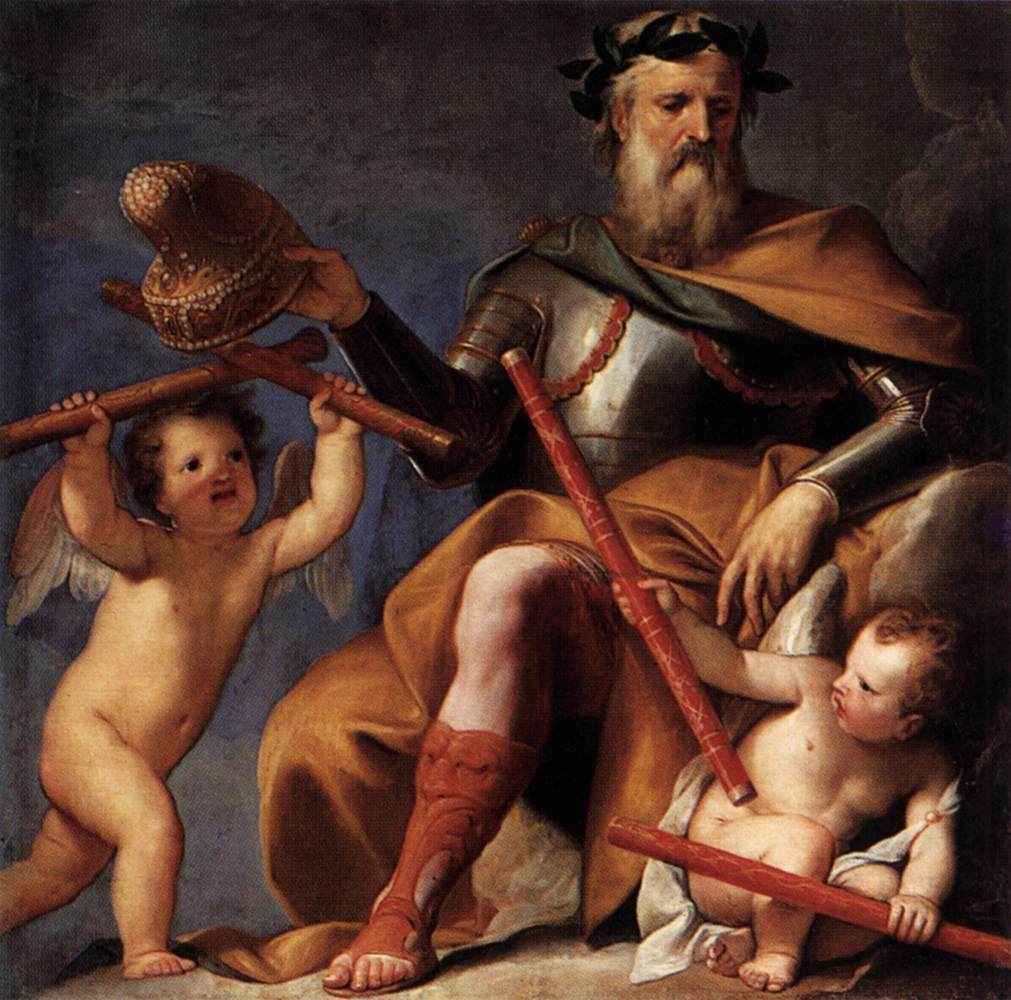
Gregorio Lazzarini, an Italian painter, was a prominent figure in the Venetian art scene, known for his religious, mythological, and historical paintings, as well as portraits. Lazzarini was highly regarded for his academic style, which blended the solidity of Emilian Baroque with the vibrant colors of the Venetian school.
Active primarily in Venice, Gregorio Lazzarini's works can be found in significant locations such as the Sala dello Scrutinio of the Doge’s Palace and the Sala San Tommaso at the basilica of Santi Giovanni e Paolo. His ability to impart comprehensive artistic knowledge made him a sought-after teacher, with notable pupils including Giovanni Battista Tiepolo.
For collectors and art experts, Gregorio Lazzarini's paintings offer a glimpse into the transition of styles from Baroque to the emerging Rococo, showcasing a blend of rigorous academic technique and the luminous color palette characteristic of Venetian art. His influence extended to many students, marking him as a key figure in the development of 18th-century Venetian painting.
To explore more about Gregorio Lazzarini and view his artworks, interested individuals are encouraged to engage with art historical resources and subscribe to updates from art institutions that feature his work, ensuring access to the latest research and opportunities to view his art in exhibitions or sales.
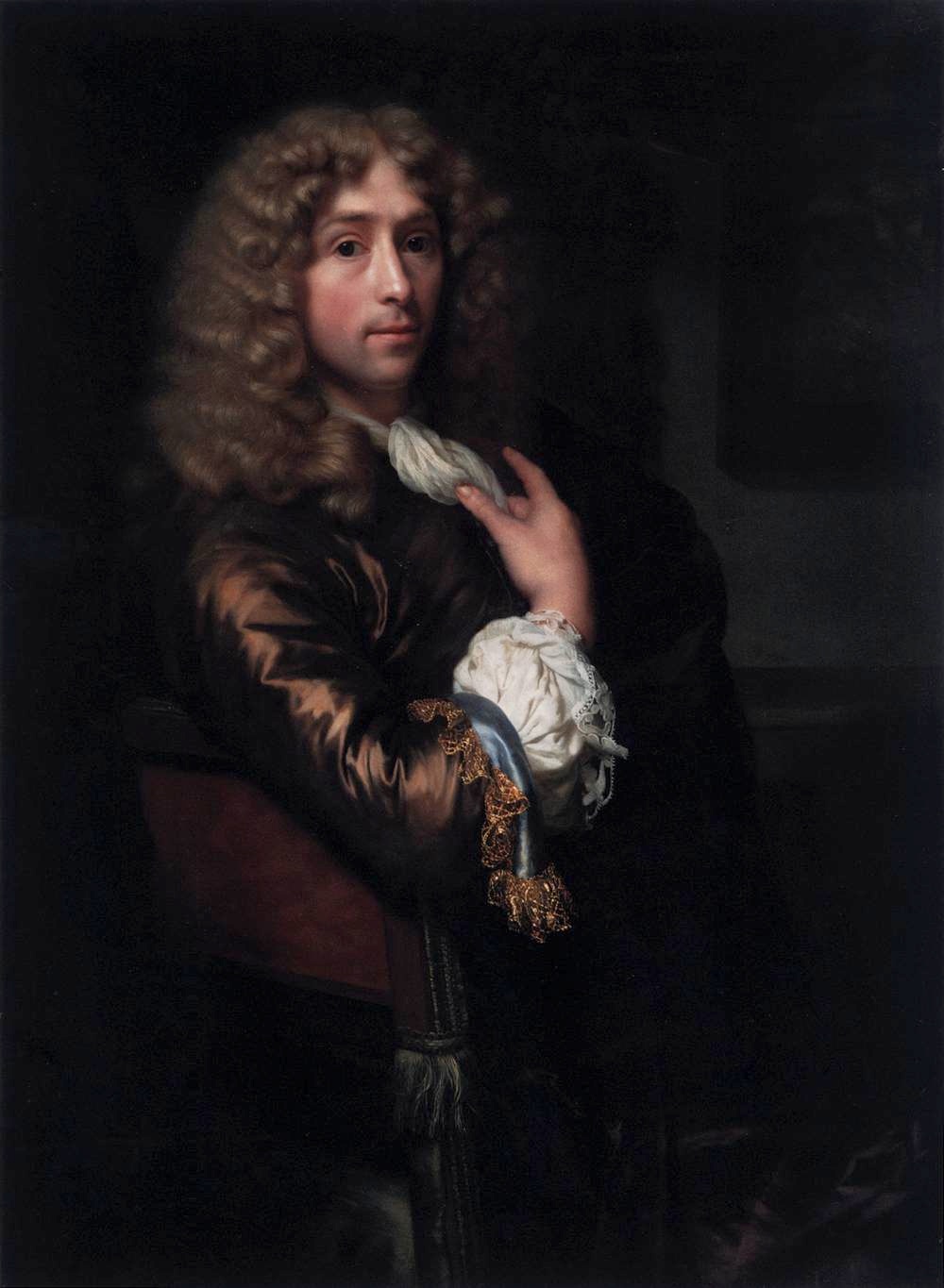
Godfried Schalcken was a Dutch genre and portrait painter. He was noted for his mastery in reproducing the effect of candlelight, and painted in the exquisite and highly polished manner of the Leiden fijnschilders.
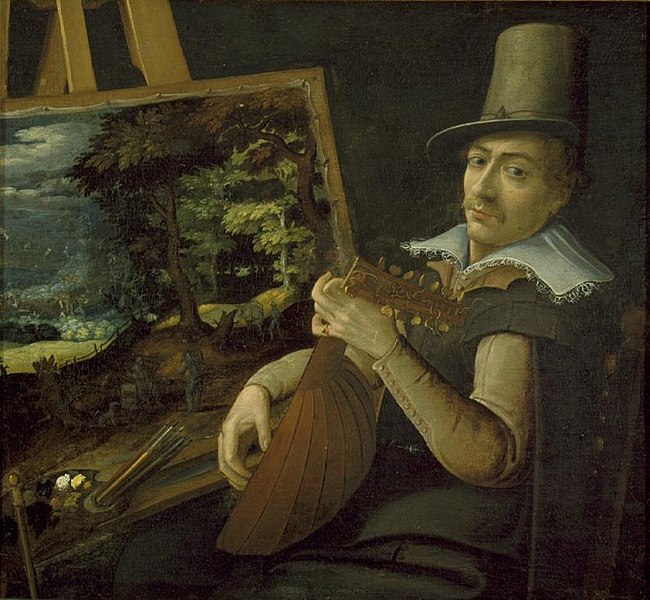
Paul Bril was a prominent Flemish painter, best known for his significant contributions to landscape painting. Born around 1554 in Antwerp, he later moved to Rome, where he became a central figure in the art scene, influencing the Italian and Northern European landscape painting traditions.
Paul Bril's early works were steeped in the Flemish manner, exhibiting a picturesque arrangement of landscape elements with dramatic contrasts of light and dark. His style evolved during his stay in Rome, influenced by the work of Annibale Carracci and Adam Elsheimer. By around 1605, Bril's compositions became more serene and classical, showcasing calmer transitions from foreground to background and embracing pastoral and mythological themes.
Paul Bril's contributions extended beyond his paintings. He was a respected figure in Rome's art community, becoming the first foreign director of the Accademia di San Luca in 1621. His patrons included some of the most influential families in Rome, and his work was sought after by collectors and fellow artists. Bril's influence was profound, impacting future generations of artists, including the Dutch Italianates and genre painters active in Rome.
His works can be found in prestigious galleries worldwide, illustrating his enduring legacy in the art world. For collectors and art and antiques experts, Paul Bril's work represents a significant period in the evolution of landscape painting, blending Flemish traditions with Italian classicism.
For those interested in exploring the captivating landscapes and historical significance of Paul Bril's art, staying informed about new product sales and auction events is essential. Signing up for updates can provide valuable insights and opportunities to acquire pieces associated with this influential artist.
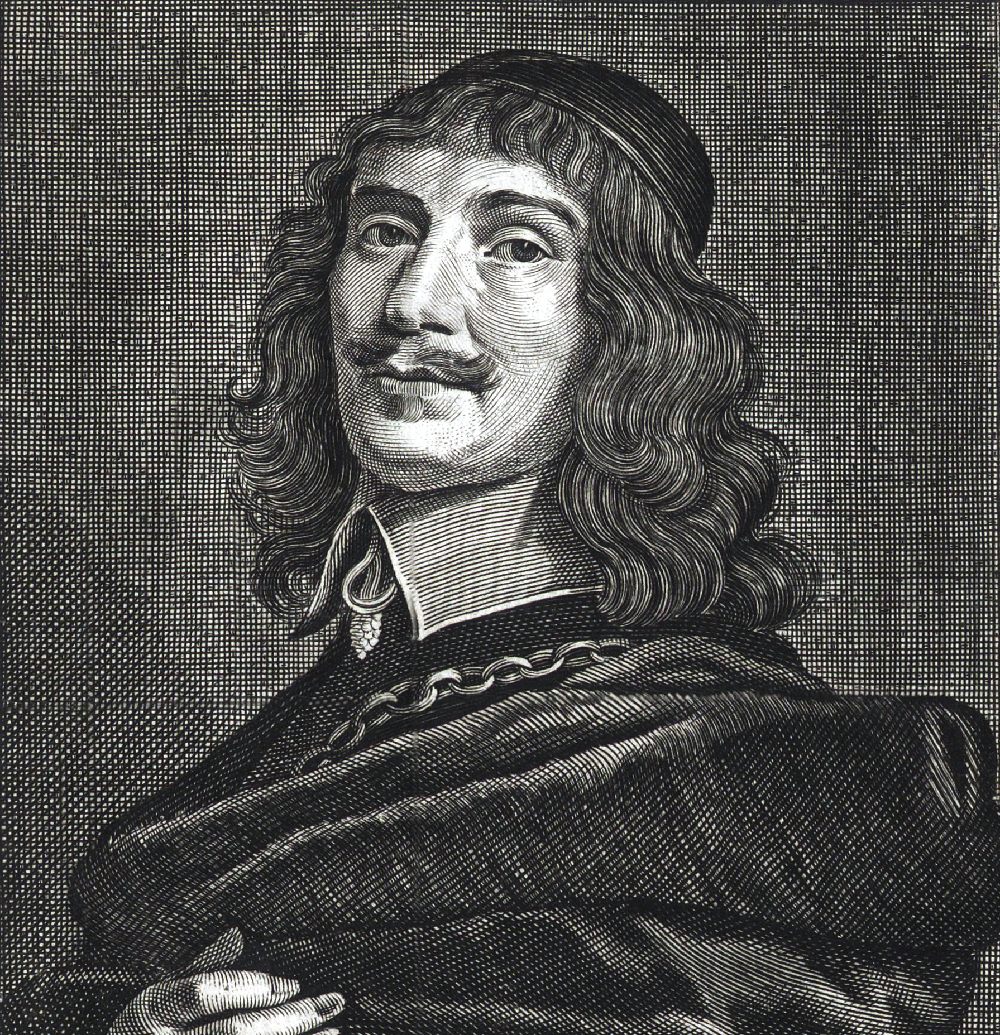
Gerard van Honthorst (Dutch: Gerrit van Honthorst) was a Dutch Golden Age painter who became known for his depiction of artificially lit scenes, eventually receiving the nickname Gherardo delle Notti ("Gerard of the Nights"). Early in his career he visited Rome, where he had great success painting in a style influenced by Caravaggio. Following his return to the Netherlands he became a leading portrait painter.


